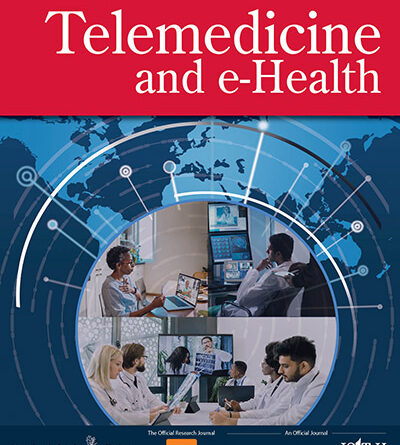Recent Telehealth Utilization at a Large Federally Qualified Health Center System: Evidence of Disparities Even Within Telehealth Modalities
[ad_1]
Objective:To explore overall trends as well as racial/ethnic disparities in utilization of different telehealth modalities (telephone vs. televideo) at federally qualified health centers (FQHCs) during the COVID-19 pandemic.
Methods:Using electronic health record data from a large New York-based FQHC system, we aggregated (separately) Behavioral Health and Family Practice visits per month occurring in-person, by telephone, or by televideo and graphed monthly trends in visits across the pre-pandemic, peak-pandemic, and post-peak-pandemic periods. We calculated fractions of visits conducted by modality for each patient demographic (race/ethnicity, primary language, age, gender, insurance type, and geography) and conducted bivariate assessments to test relationships between patient characteristics and modality.
Results:Our data contained 121,072 unique patients and 811,105 visits overall. Telehealth use peaked in April 2020 but continued to account for a significant fraction of FQHC visits—nearly 25% (N = 4,908) of monthly Family Practice visits and a massive 98% (N = 14,173) of Behavioral Health visits as late as June 2021. Of all telehealth visits, nearly half were by telephone. Moreover, demographic factors differed between FQHC patients using telephone visits versus those using televideo: Black, non-English speaking, older, and Medicaid patients had significantly higher utilization of telephone visits than televideo visits (e.g., 25.9% of all Black patients’ visits were via telephone vs. 17.1% via televideo; p < 0.001). In contrast, younger, Asian, and privately insured patients had significantly higher televideo visits.
Conclusions:Our results suggest that telephone visits remain critical to the provision of health care for FQHC patients. They also suggest that disparities extend beyond the telehealth versus in-person dichotomy and inequities exist even within the type of telehealth used. This has implications for patient health, FQHC quality outcomes, as well as optimal Medicaid telehealth reimbursement policy.
[ad_2]
Source link


